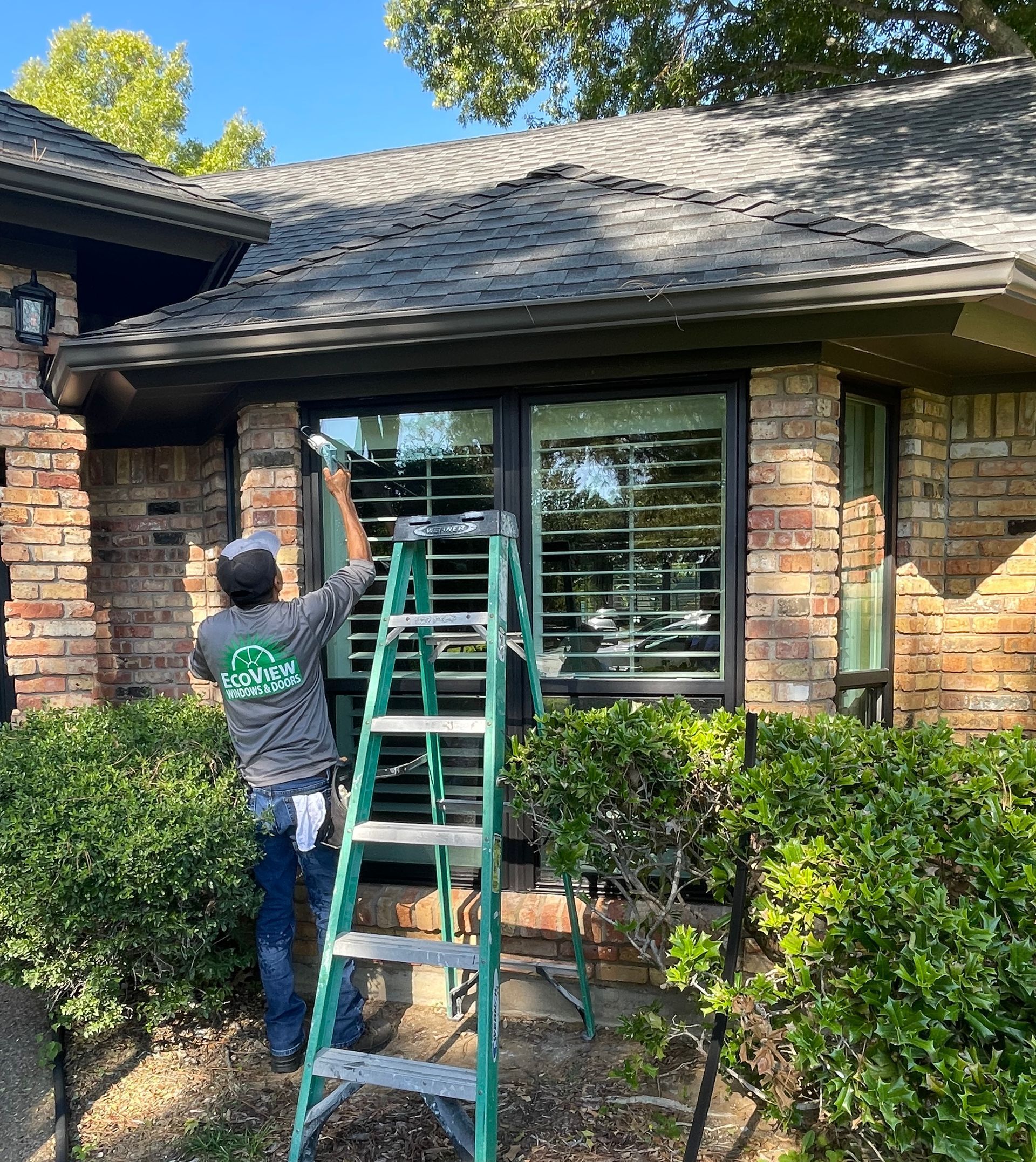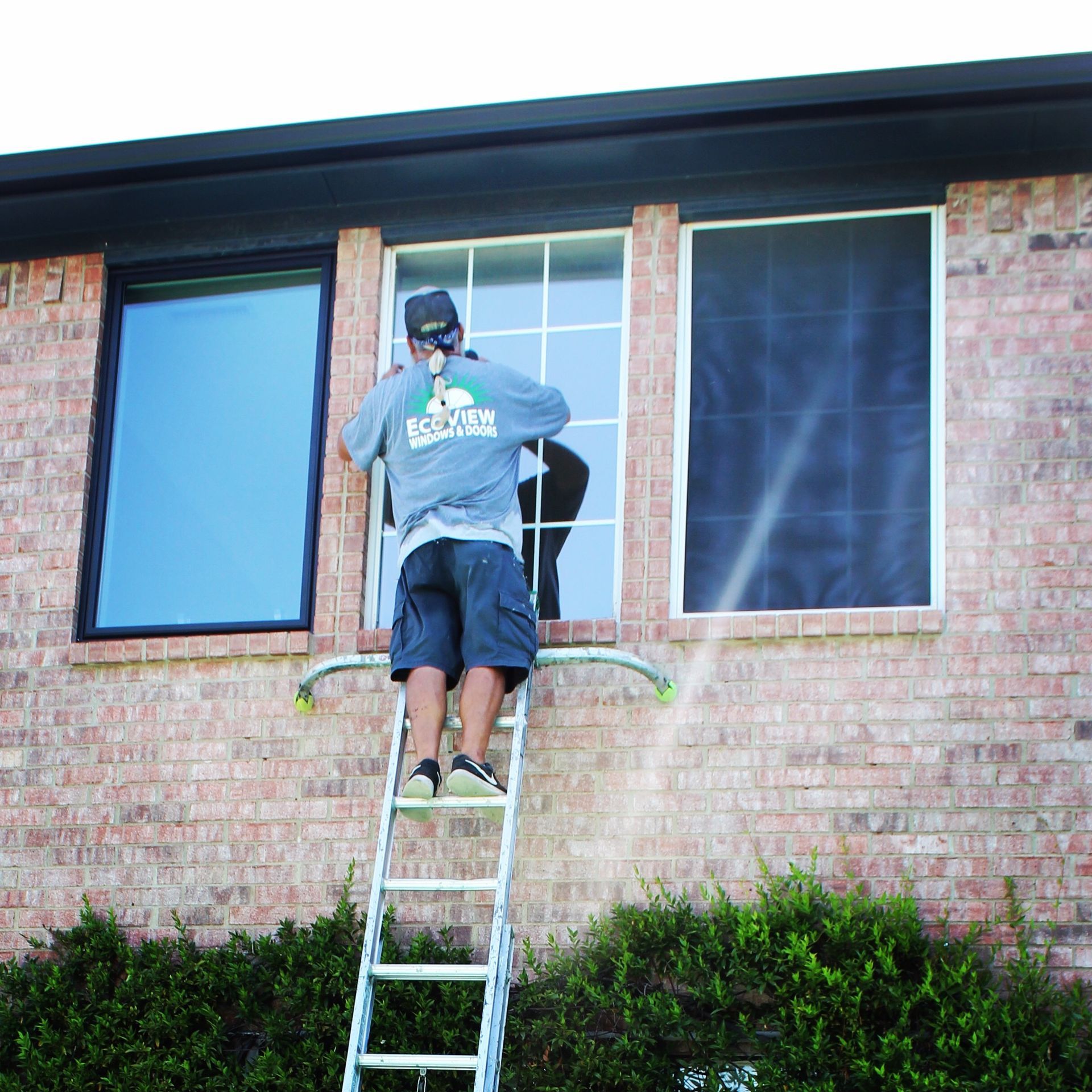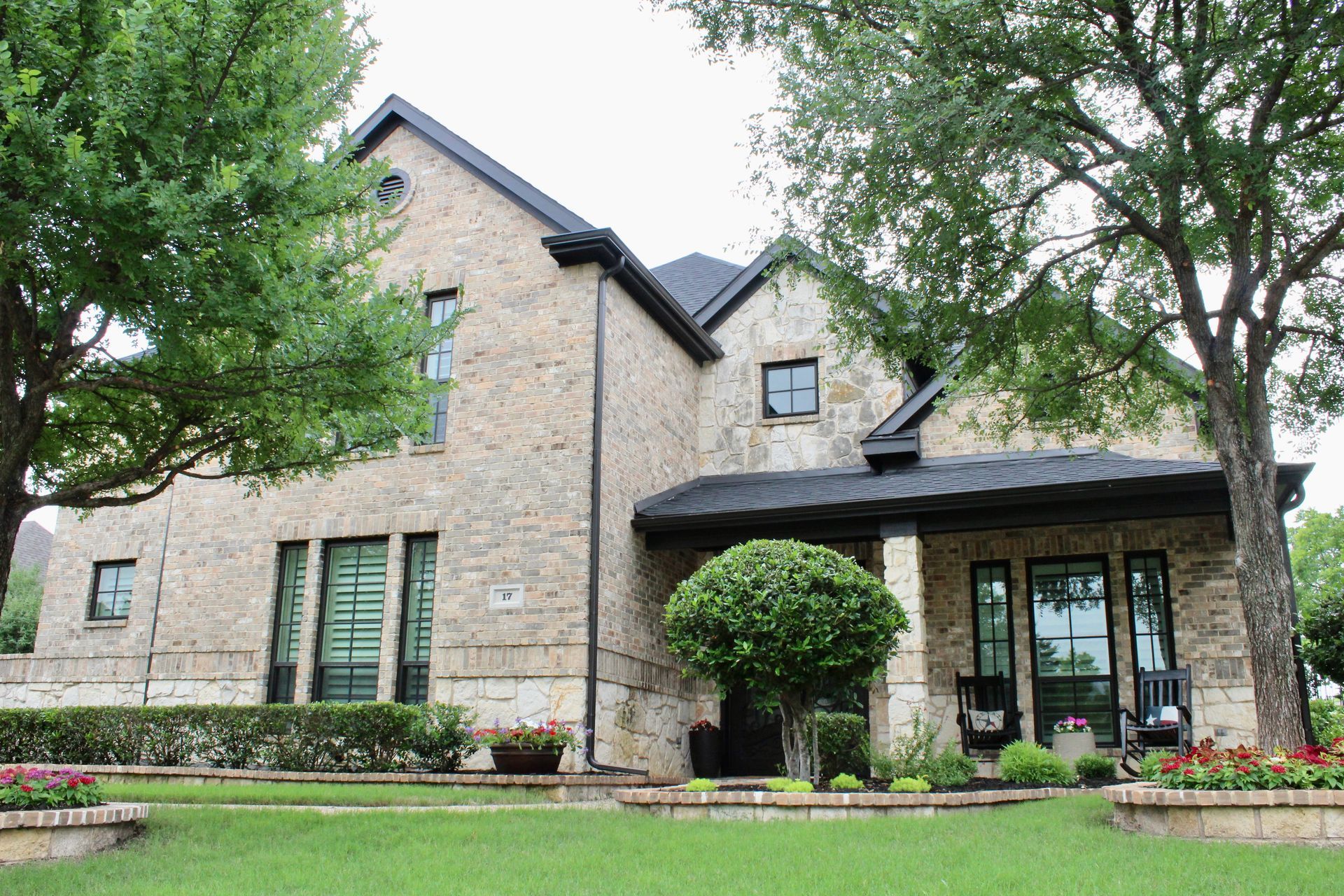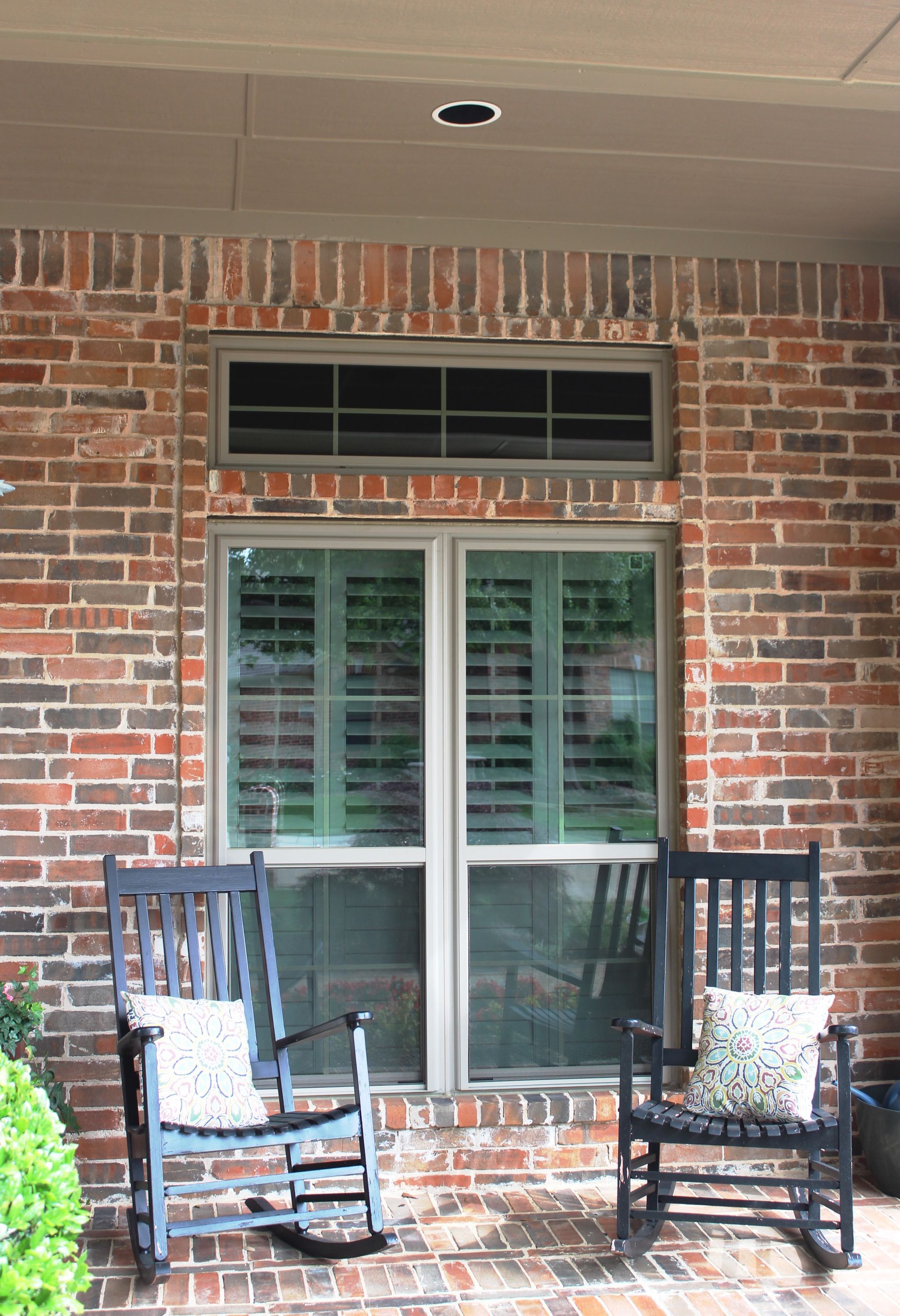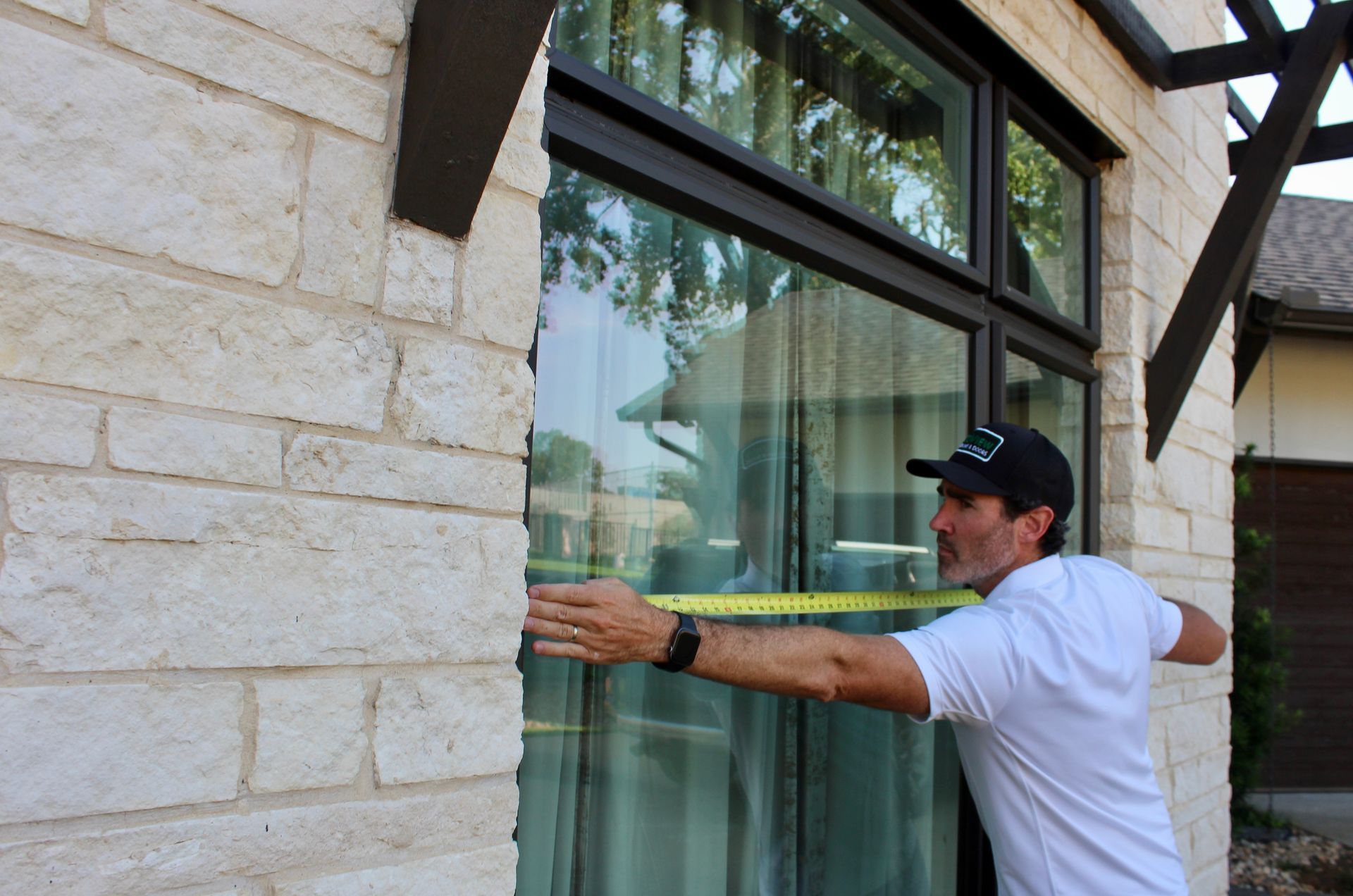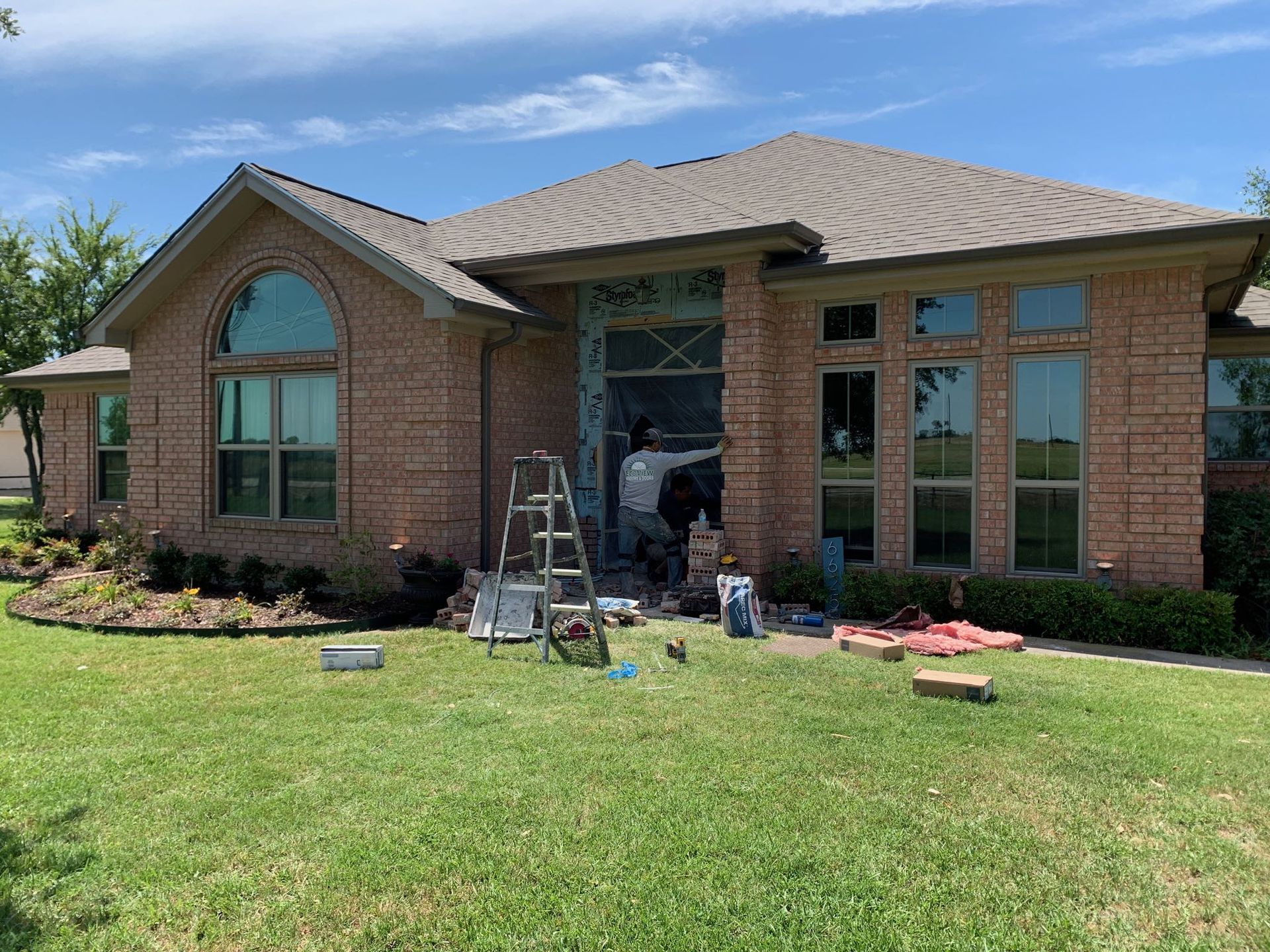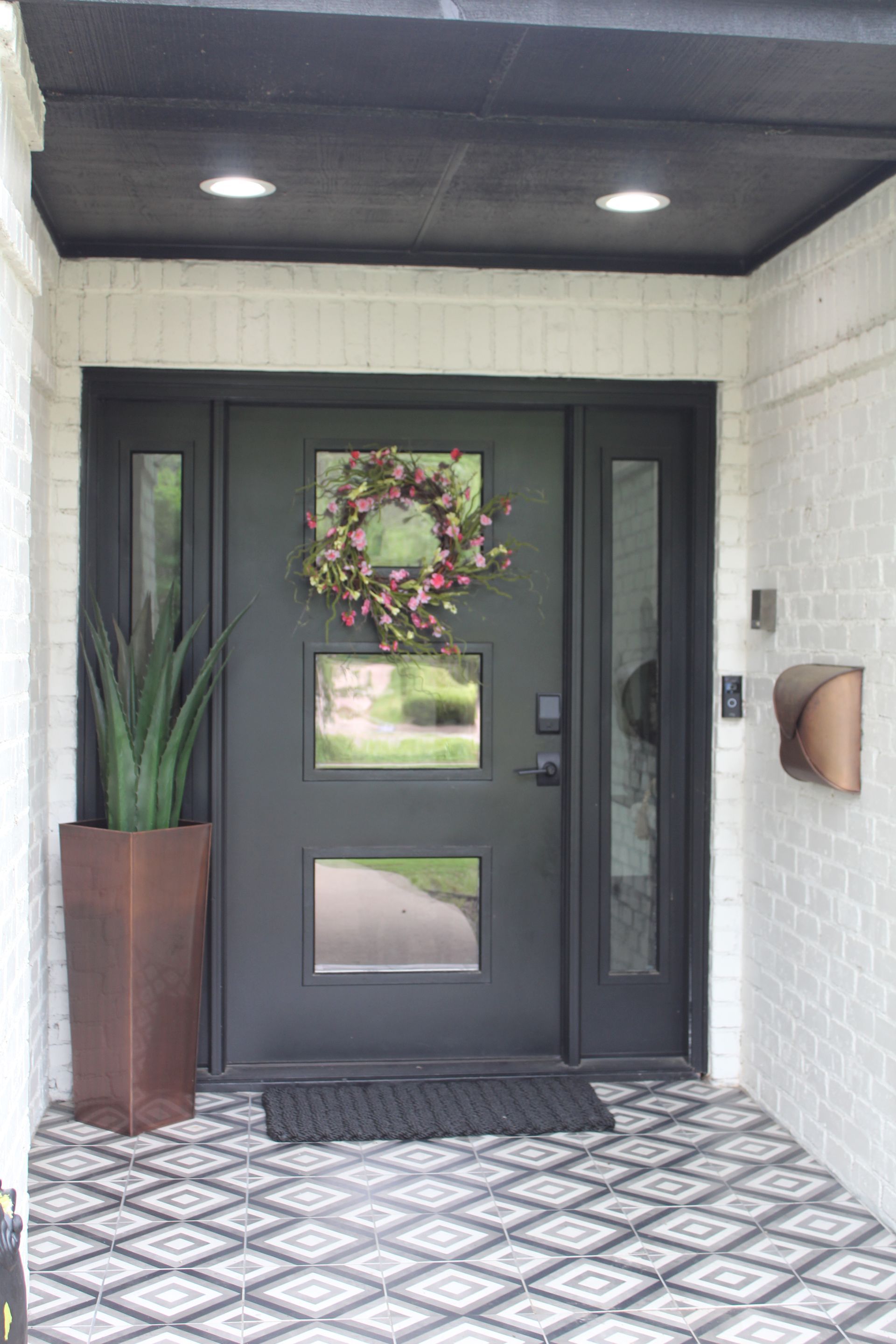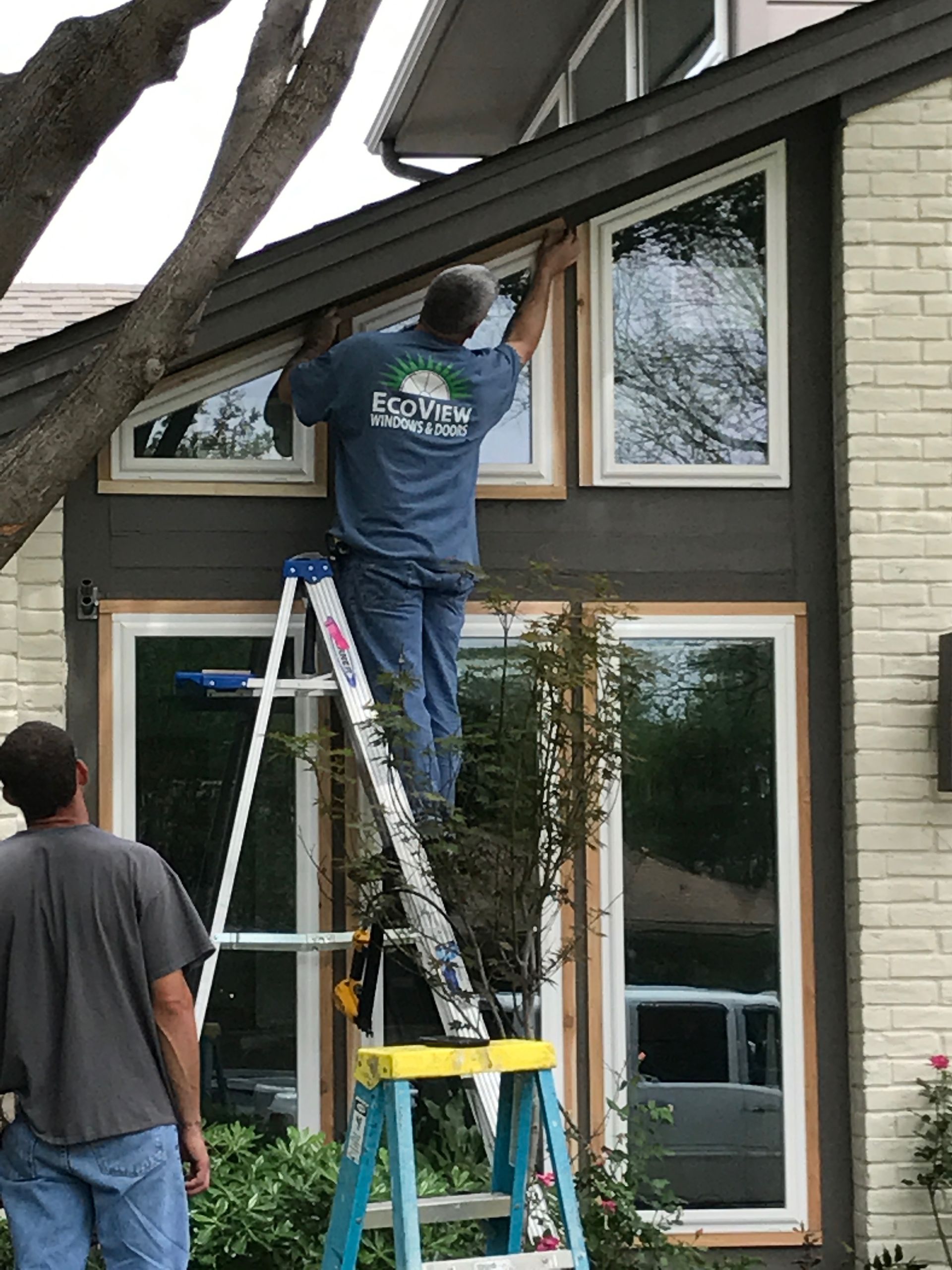Steel vs. Wood: Which Door is Best for Your Home?
When it comes to choosing a new door for your home, it's about more than just looks. A quality door protects your home, boosts curb appeal, improves energy efficiency, and can even increase your property’s value. But with so many material options available, it’s easy to feel overwhelmed. For most homeowners, the decision often comes down to two heavy hitters: steel doors and wood doors.
Both materials have their advantages and challenges, and the best choice ultimately depends on your home’s style, your personal preferences, and how you plan to use the space. In this guide, we’ll walk through everything you need to know to make a confident, informed decision and share some expert door installation advice along the way.
First Impressions: Why Your Door Choice Matters
A front door is more than just a functional piece, it’s the focal point of your home’s exterior. It’s the first thing guests see and the last thing you close behind you at night. But beyond aesthetics, your door plays a critical role in home security, insulation, and energy efficiency. Choosing the right door material can improve comfort, reduce energy bills, and even provide peace of mind.
That’s where the steel vs. wood debate comes in.
The Timeless Charm of Wood Doors
There’s something about a solid wood door that instantly feels warm, classic, and inviting. Wood has been used in door construction for centuries—and for good reason. It offers natural insulation, customizability, and an undeniable sense of character. From rich mahogany to rustic knotty alder, wood doors come in a variety of grains and finishes, giving you more design flexibility than just about any other material.
In homes with traditional, farmhouse, or craftsman-style architecture, a wood door often complements the aesthetic seamlessly. It’s also a top choice for homeowners looking to make a bold, upscale statement.
But wood isn't without its challenges. It requires regular maintenance, including sealing or staining, to protect against moisture and sun damage. In regions with extreme weather fluctuations, wood can expand and contract, which may lead to warping or cracking over time. Still, with proper care and professional door installation, a high-quality wood door can last decades.
The Strength and Versatility of Steel Doors
On the flip side, steel doors have gained popularity thanks to their strength, durability, and cost-effectiveness. Modern steel doors aren’t just tough, they’re also sleek, stylish, and surprisingly energy efficient. Many come with insulated cores that help regulate your home’s interior temperature, making them a smart choice for climates that experience harsh winters or scorching summers.
Steel doors are also more resistant to warping and cracking compared to wood, and they require minimal maintenance. A simple wipe-down every now and then usually does the trick. For homeowners who prioritize security, steel is an easy winner—it’s hard to beat when it comes to impact resistance and forced-entry protection.
However, steel doors can be prone to dents or scratches, especially in high-traffic areas. They also may not offer the same level of warmth or texture as natural wood. But if you’re looking for a long-lasting, energy-efficient entryway, steel is tough to top.

Energy Efficiency and Insulation: Who Comes Out on Top?
When considering a new door, energy efficiency should be at the top of your checklist. Your entry doors can be a major source of energy loss if not properly installed or insulated. Luckily, both steel and wood doors can perform well in this department—but they do it in different ways.
Steel doors typically feature foam cores (usually polyurethane or polystyrene), which provide excellent thermal insulation. They form a tight seal with the frame, especially when paired with quality weatherstripping during professional door installation. This makes them an ideal option for homeowners looking to reduce heating and cooling costs.
Wood doors, by nature, are also good insulators. Solid wood has a natural thermal resistance, although it doesn’t match the R-value of an insulated steel core. One area where wood doors can fall short is in air leakage, if not properly sealed and maintained, gaps may develop over time, affecting performance.
Want maximum efficiency? Proper installation is key. No matter how energy-efficient your door is on paper, poor installation can undermine its benefits.
Style, Design, and Customization
While steel doors are catching up in terms of design options, wood still reigns supreme when it comes to customization. You can carve, stain, or paint wood to your exact liking. It’s the go to for those wanting an arched design, intricate glass inserts, or ornate detailing.
That said, many manufacturers now offer steel doors with faux wood finishes, mimicking the grain and tone of natural wood. These options are great for homeowners who want the best of both worlds, low maintenance with a high-end look.
Interior doors, too, can benefit from a wood or steel choice depending on the room. Want to make a bold statement in a home office or study? Wood might be the winner. Need a durable door for a utility or garage entry? Steel’s got your back.
Cost and Value Over Time
Let’s talk dollars and sense. One of the biggest differentiators between steel and wood doors is the upfront cost. Steel doors are generally more affordable, making them a great option for budget-conscious homeowners who don’t want to compromise on durability or security.
Wood doors, on the other hand, tend to be more expensive, both initially and over time. They require more frequent upkeep and may need refinishing every few years to maintain their appearance and protect against the elements.
However, when installed correctly, a wood door can add significant curb appeal and resale value, especially if it complements the architectural style of the home. It’s an investment in both function and form.
What to Expect During Door Installation
Whether you choose wood or steel, proper door installation is critical to getting the best performance out of your investment. A poorly installed door can result in drafts, misalignment, security risks, and even long-term damage to your home’s frame.
A professional installer will make sure the door is level, secure, and sealed correctly. They’ll also check for moisture barriers, test the swing direction, and ensure that hardware like locks and hinges are perfectly aligned.
Depending on the door type and any structural modifications needed, the installation process can take anywhere from a few hours to a full day. And yes, that includes clean-up and haul-away of your old door.
Which Door Should You Choose?
Steel or wood? The answer depends on your priorities.
If you’re looking for a low maintenance, secure, and cost effective option, steel doors are an excellent choice. They’re especially ideal for utility entries, garages, and homes in extreme climates.
If you’re after a door with rich character, custom detailing, and timeless beauty, wood doors offer unmatched charm. Just be prepared for a little more upkeep and a slightly higher price tag.
And if you still can’t decide, don’t worry. Many homeowners opt to mix and match—steel for the back and side entries, and wood for the front.
Frequently Asked Questions About Door Installation
Final Thoughts: It’s All in the Installation
No matter which door you choose, one thing is certain: installation matters. A premium door is only as good as the way it’s installed. If you're looking for long-term performance, energy efficiency, and security, make sure your installer is experienced, licensed, and knows how to handle the specific needs of your chosen material.
Ready to take the next step? Our experienced team offers expert door installation services tailored to your home, your style, and your budget. Whether you’re upgrading your curb appeal or replacing a worn-out entry, we’re here to help you find the perfect fit.
Get started with your next project today.
Contact us for a free consultation
or explore
our door installation services in your area.
